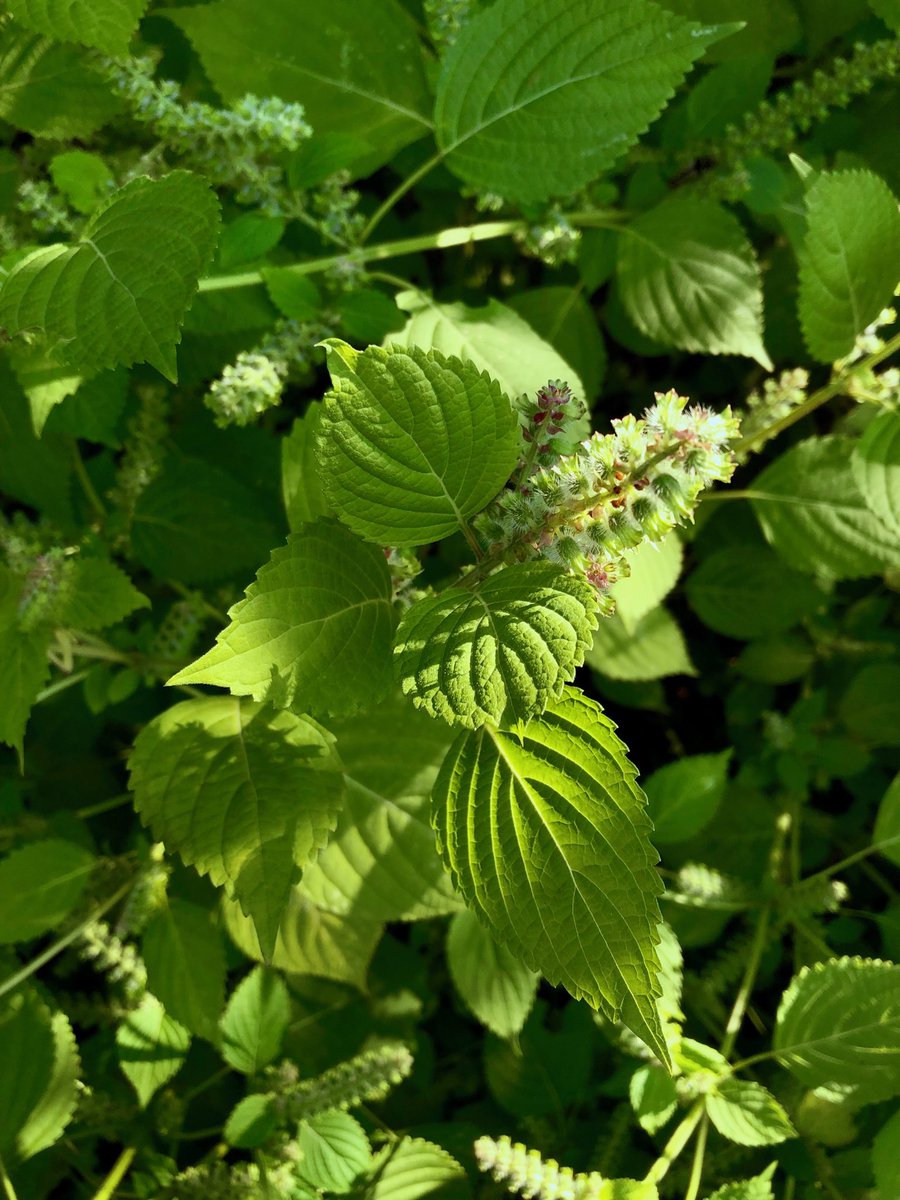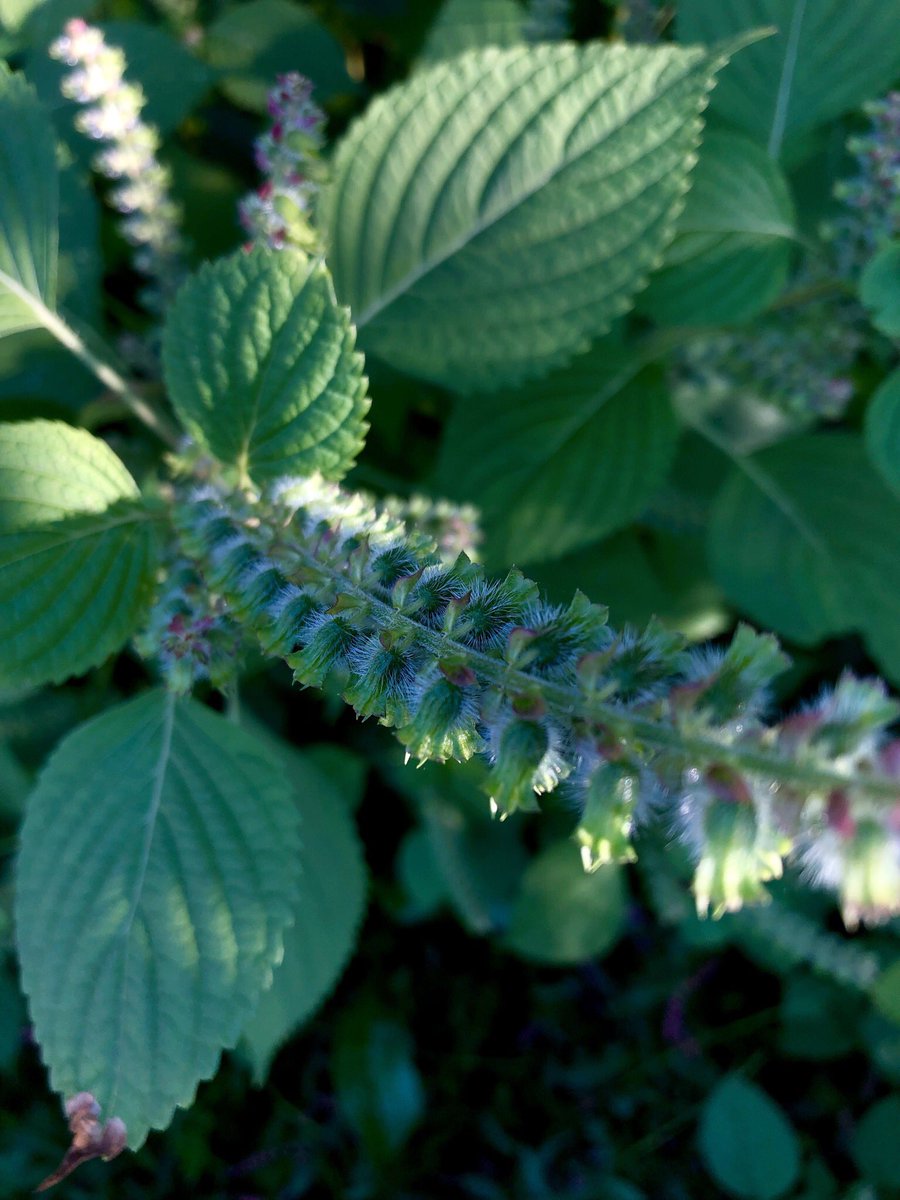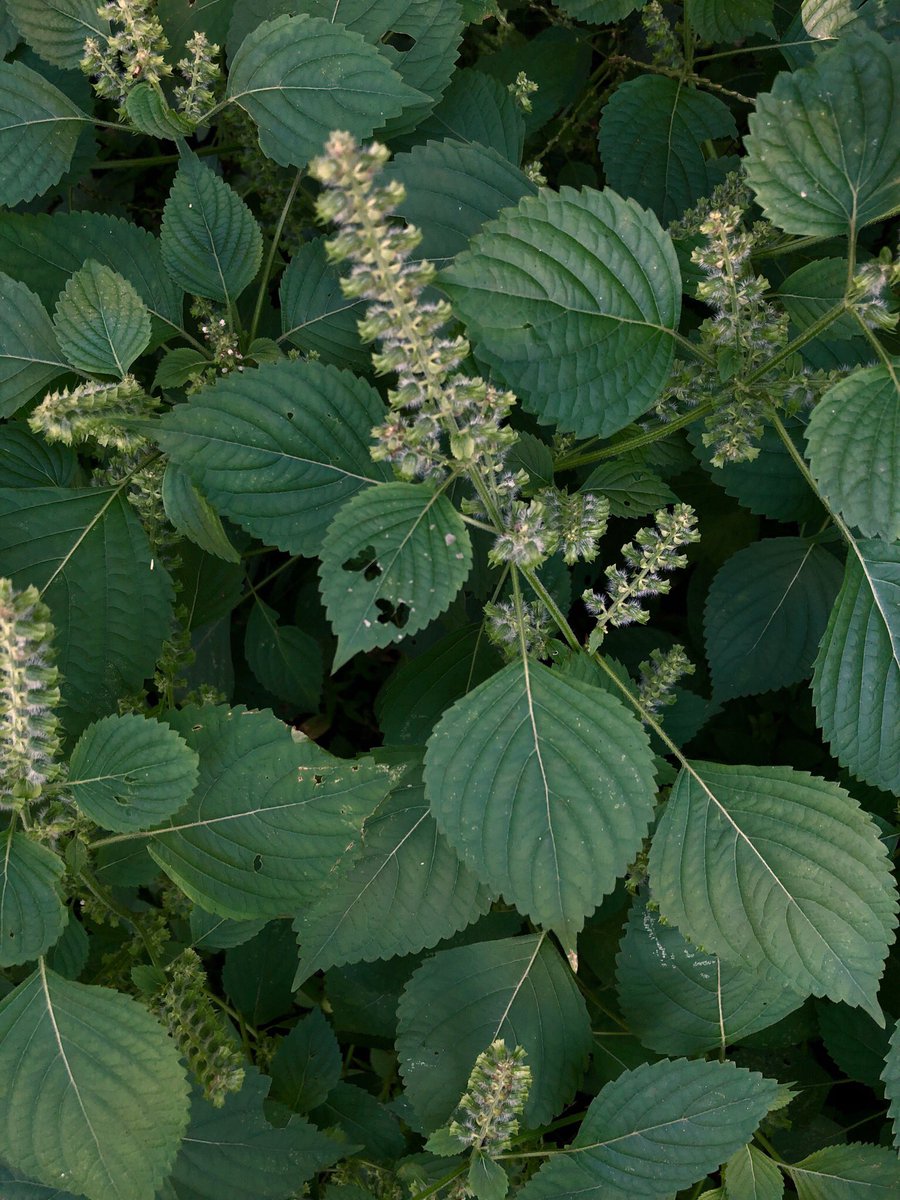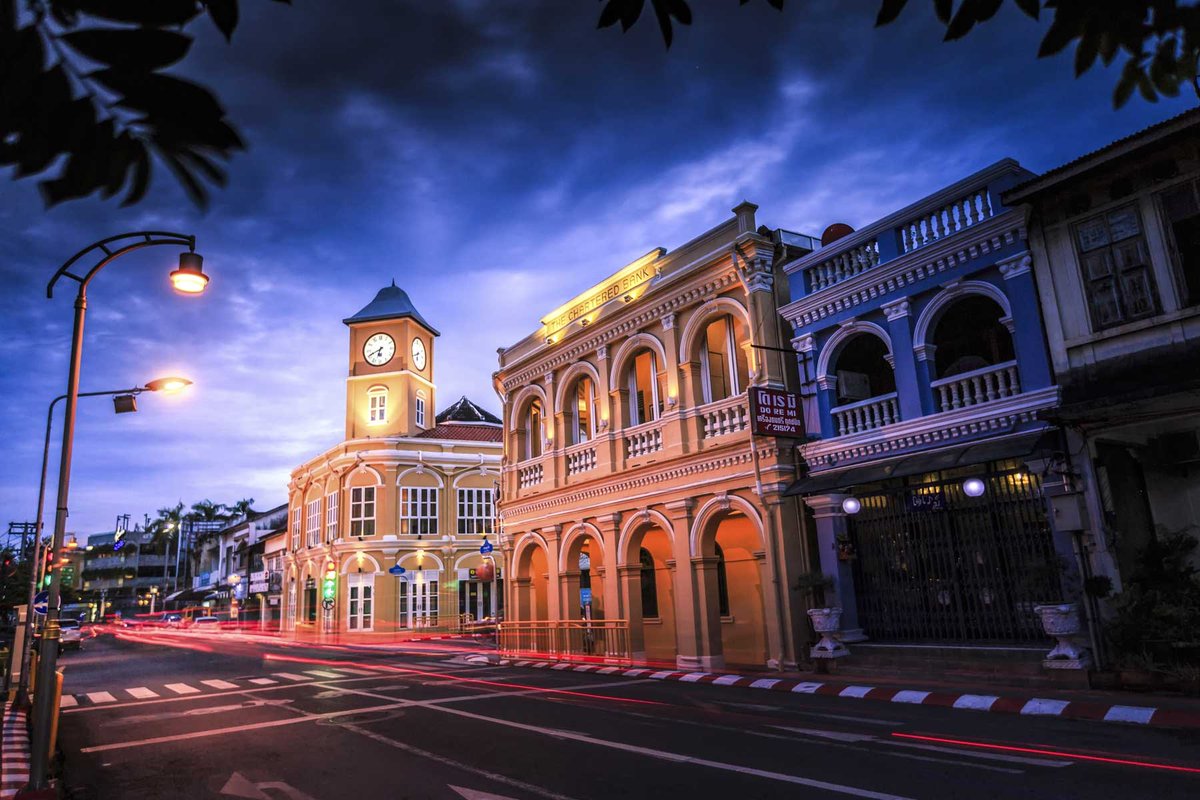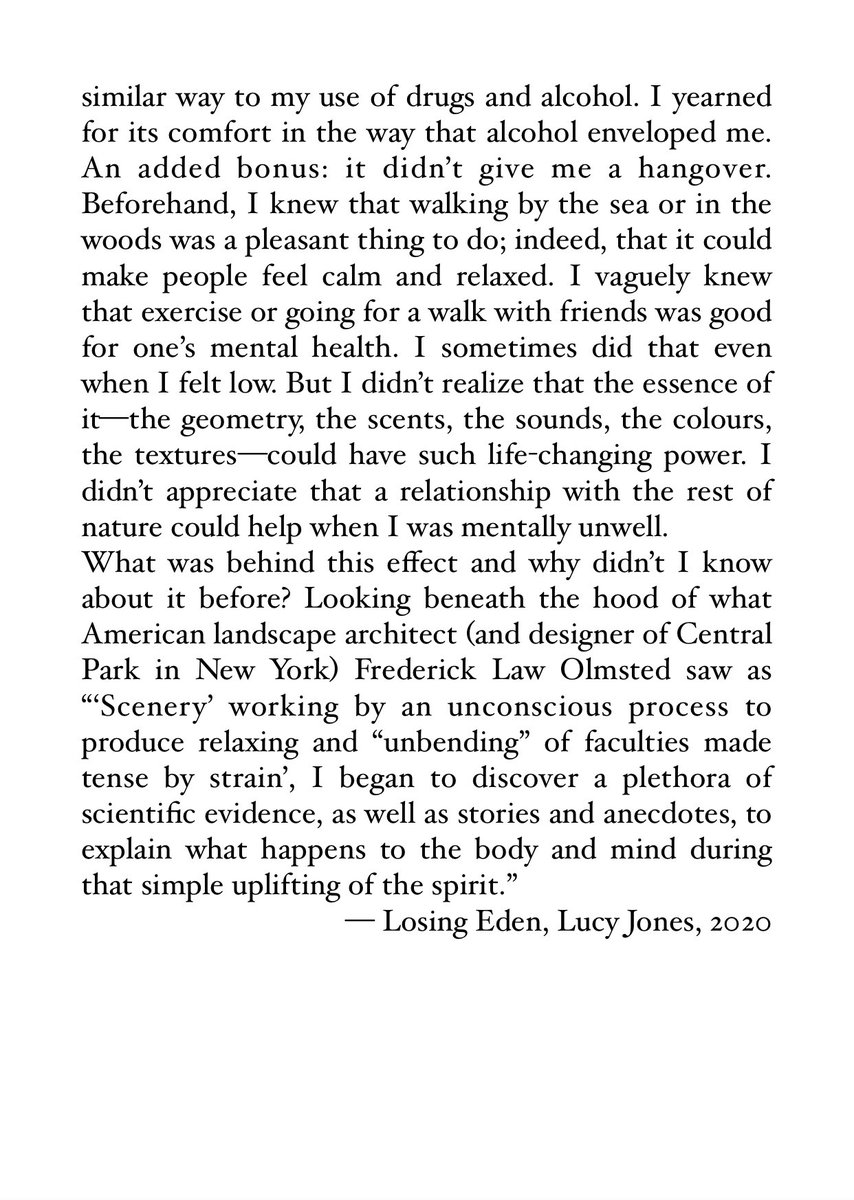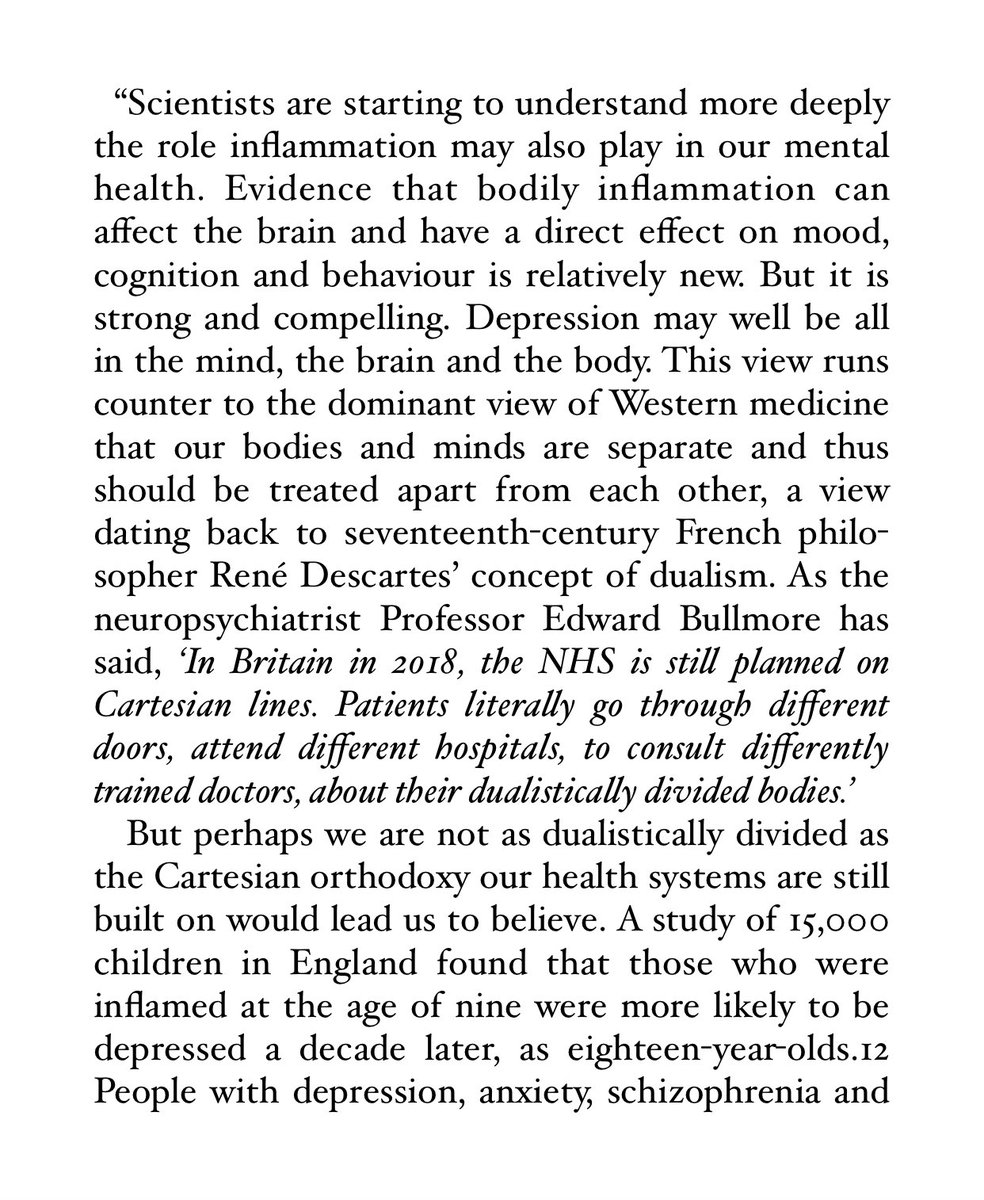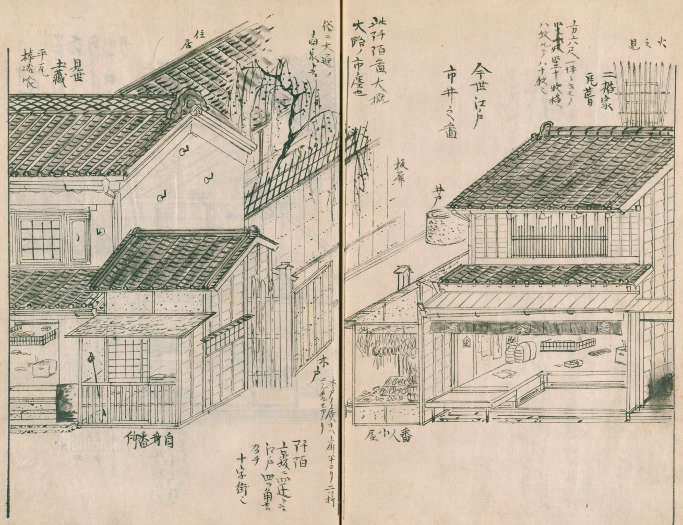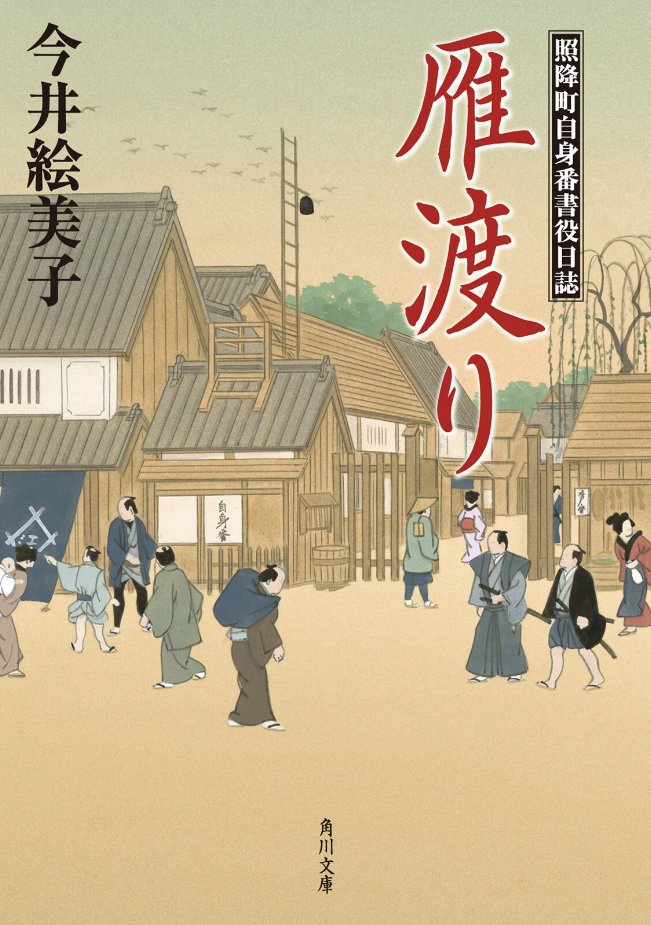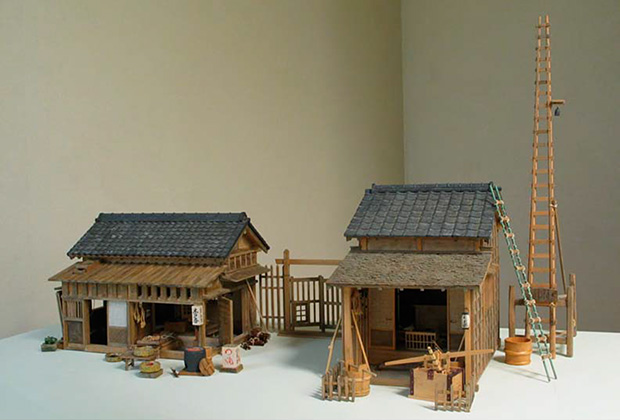
Mukago-gohan is a traditional dish in the Japanese autumn. Cook the mukago with rice, add a little cooking spirits and salt: delicious. Very nutritious. We found it growing wild on a mountain in Tokyo. If you luck out and find it in a supermarket, 200g of it is $7 to $10 USD. 

Mukago is actually the seed/fruits (propagule) of yamanoimo, Japanese mountain yam. If you find it growing wild you know there's delicious yams growing right underneath the vines (unfortunately digging for yams isn't allowed on that mountain so we had to settle for the mukago). 

The vines are easy to spot just when the mukago are ripe for harvesting: they're usually the first leaves to turn yellow in the undergrowth of a steep mountain forest. Rather than picking them, you hold an umbrella underneath and shake the vine, the mukago easily simply falls of. 



This is about 185g (after subtracting the bad ones), it took me two-three minutes to harvest and winnow. Not a bad result for such little work. The Wrathlings ate all theirs raw on the spot (also fine and tasty) but didn't want them boiled. Kids eh. 

• • •
Missing some Tweet in this thread? You can try to
force a refresh

